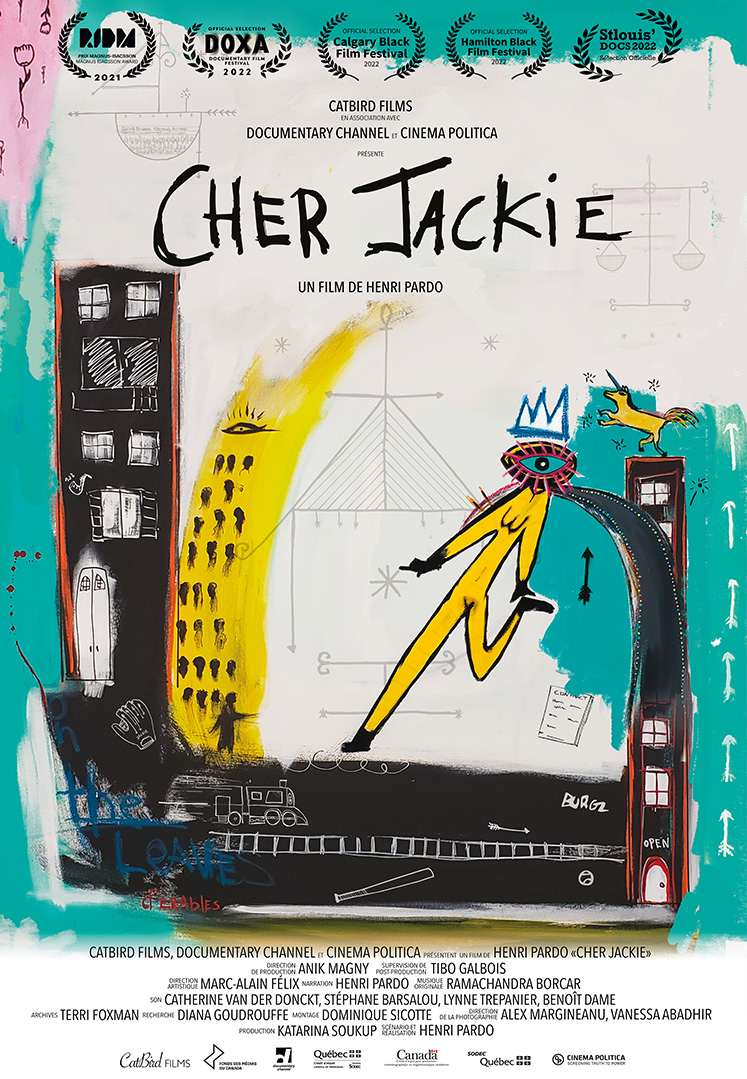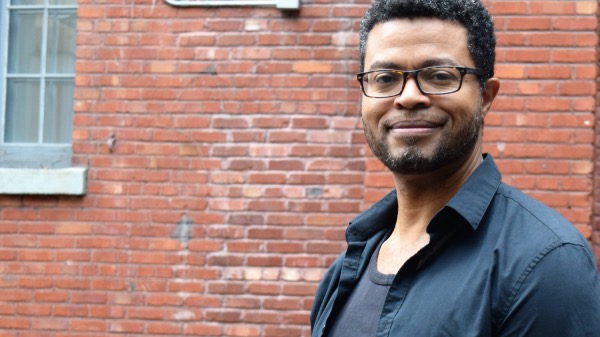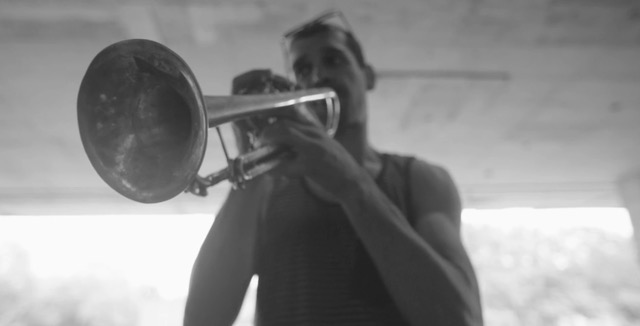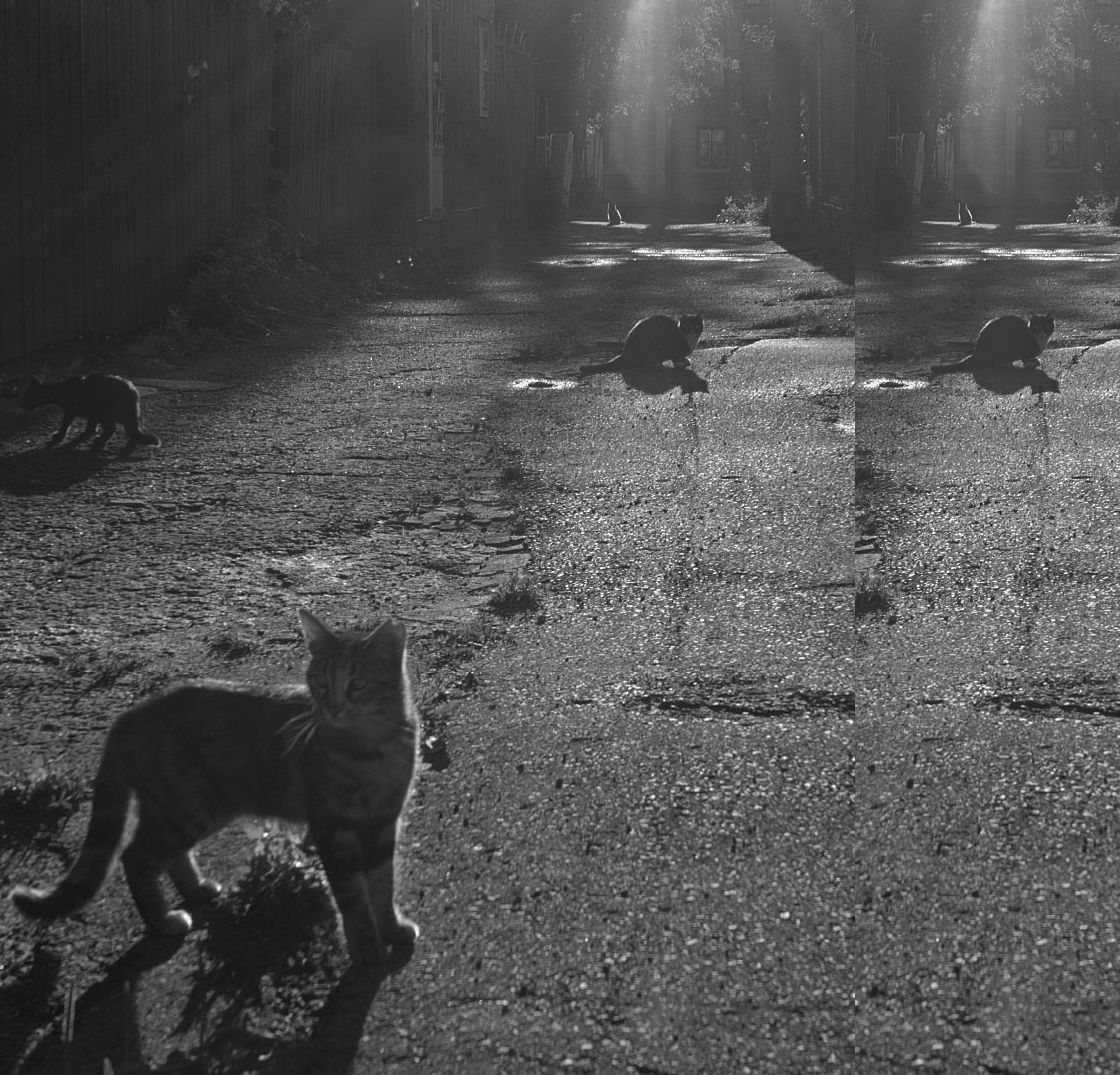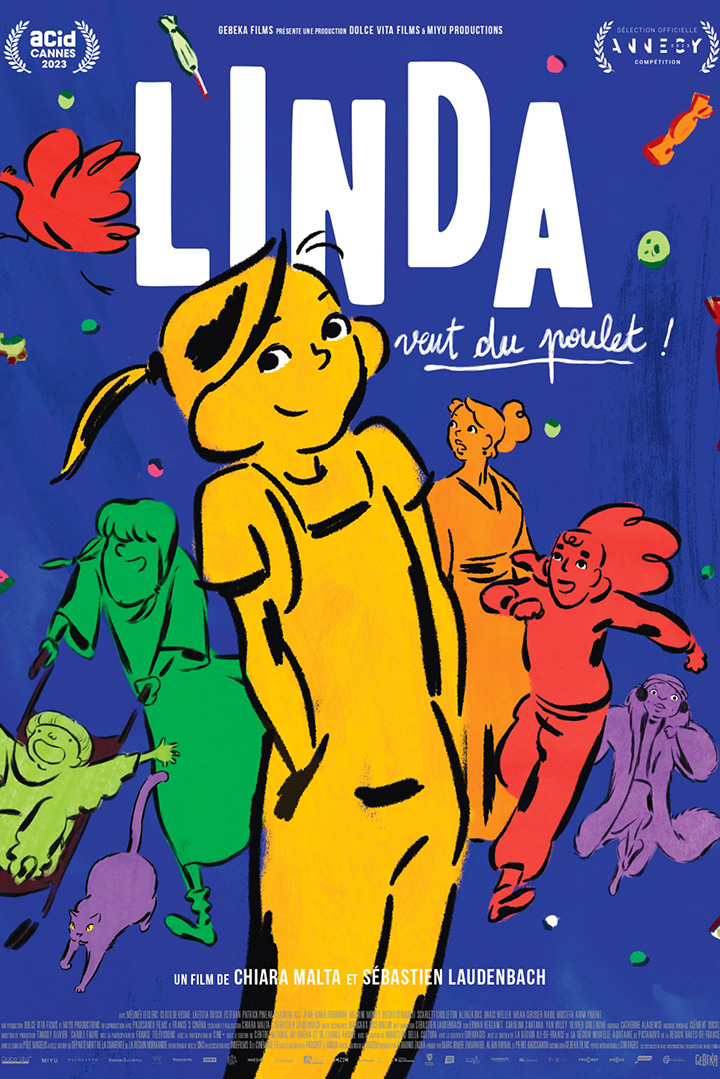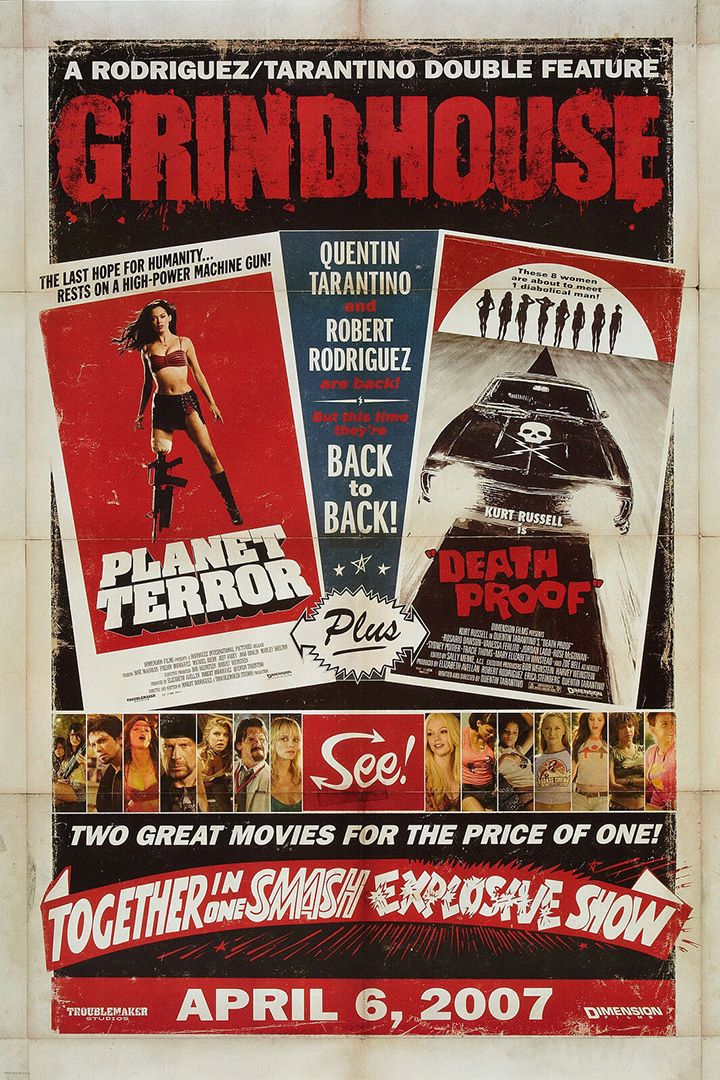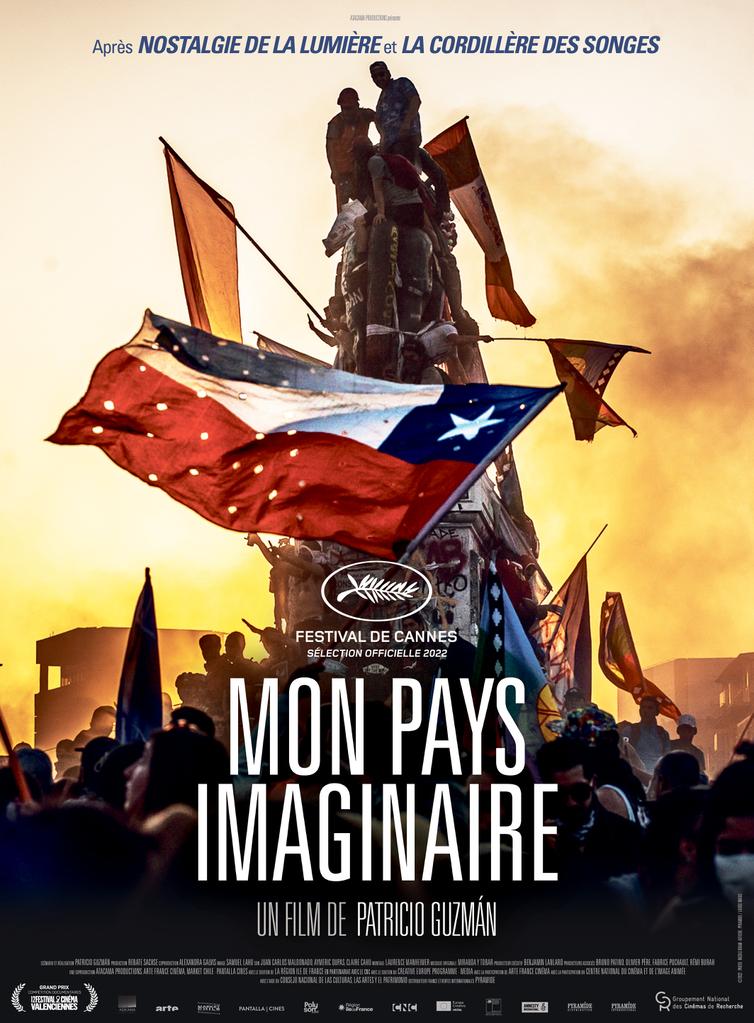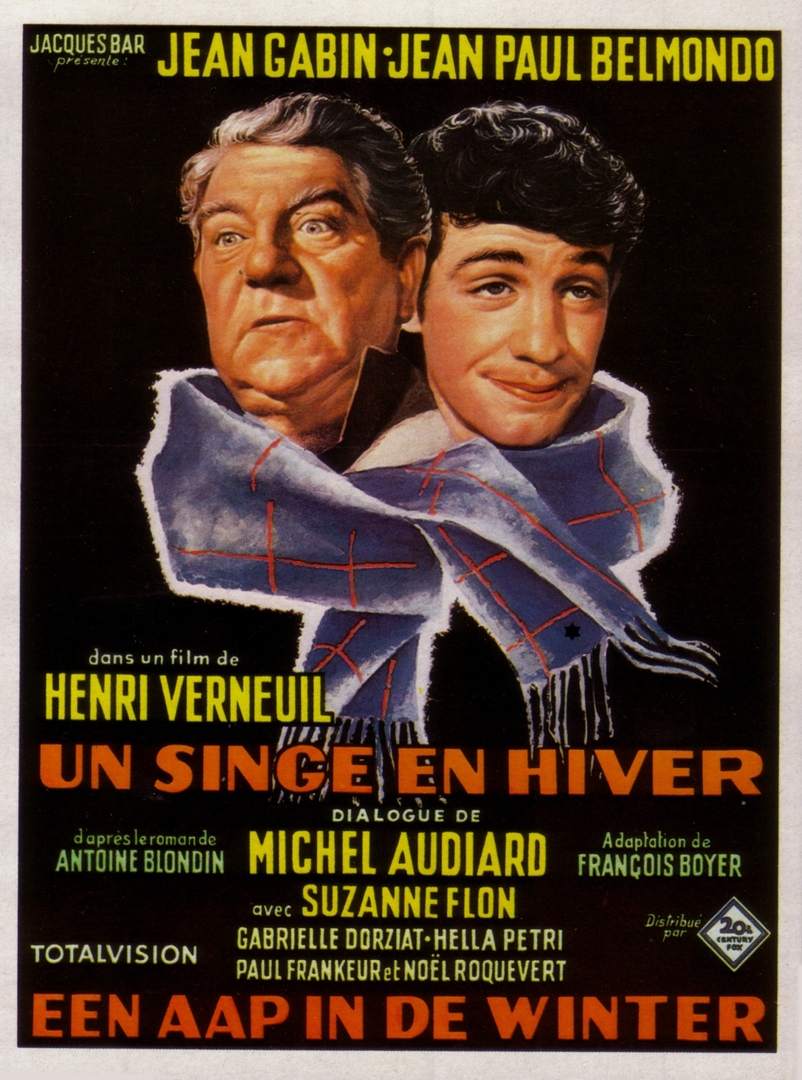Though slavery was abolished in Canada in 1834, decades before the American Civil War’s end in 1865, conditions for Black people in Canada were nevertheless poor: Blacks were denied an education and employment opportunities. Black women were limited to domestic work. They built the churches and community centers, feeding and
educating the community. Black men worked as railway porters. The work of a porter was the work of a Black
man always in service of a White patron. Yet, despite the negative aspects of this profession, rail travel was cutting edge and luxurious for its time. Black men who secured employment as porters had a steady income, were respected within their community, and were able to reach out to a vast network of Black communities across North America. Given its close proximity to the headquarters for two major railways, as well as near the harbour and the Lachine Canal (an important shipping lane), Little Burgundy attracted not only most of Montréal’s own Black community, but people from Black communities in Nova Scotia, Ontario, the United States and the Caribbean Islands. The porters were thus at the political vanguard, helping to produce a powerful diasporic consciousness in both Canada and the U.S.A. In part, due to them, this “City Below the Hill” experienced its own Renaissance, as did Harlem, New York, further south; it became known as the “Harlem of the North.” When both Prohibition and jazz swept across North America in the early 20th-century, Montreal became “Sin City” and the area grew into a hotbed of local jazz talent such as Oscar Peterson and the Sealey Brothers. Jazz brought greats like Dizzy Gillespie, Ella Fitzgerald, Louis Armstrong and Miles Davis to Montreal, where they felt at home and welcomed. A thriving Black community developed in the South-West region of Montreal. The neighborhood had its own church, community centres, and clubs. Marcus Garvey established a local Universal Negro Improvement Association in Little Burgundy. Malcom X’s parents met in Little Burgundy. Black Consciousness allowed a community to grow in Little Burgundy. However, “Little Burgundy” was not always called “Little Burgundy.” The name only took hold in the 1960s. At the beginning of the 20th century, the area was referred to by outsiders in terms like “N...r Town” or “The Black City Below the Hill.” By the 60s, Little Burgundy was a low income, working-class neighbourhood. The city had neglected it: many of the houses were poorly maintained and lacked even the most basic of functions like running water. In 1965, Mayor Jean Drapeau decided that the state of the neighborhood was not suitable to make a splash on the world stage for the upcoming Expo ‘67 and Olympics. Thus, a 10-year “urban renewal” plan was launched. Many buildings in Little Burgundy were condemned, demolished and rebuilt; streets were widened and a six-lane Expressway was constructed. Many residents were driven away, ending up in suburban municipalities wherever housing was affordable. Despite Drapeau’s intentions, Little Burgundy stagnated and in the early 1980s, the City of Montreal briefly renamed the area, Quartier Georges-Vanier, in an attempt to remove
any stigma. However, during consultations in the 1990s, residents requested that the Little Burgundy/La Petite Bourgogne name be reinstated. In recent years, the neighborhood has begun to gentrify with an influx of trendy restaurants, bars and concert venues.
